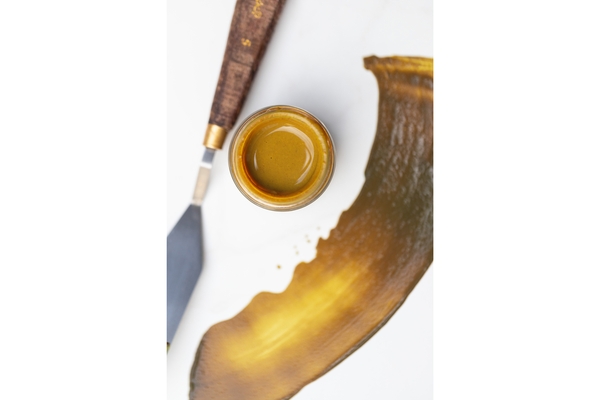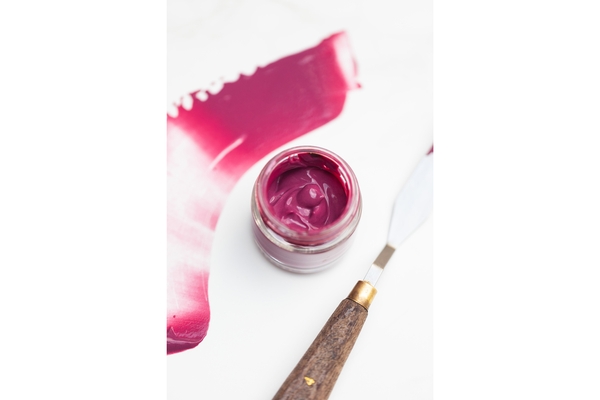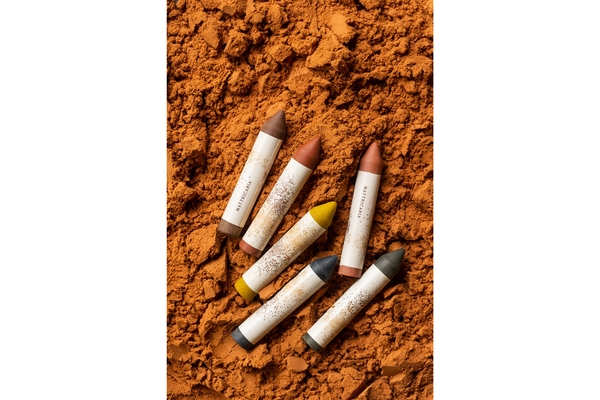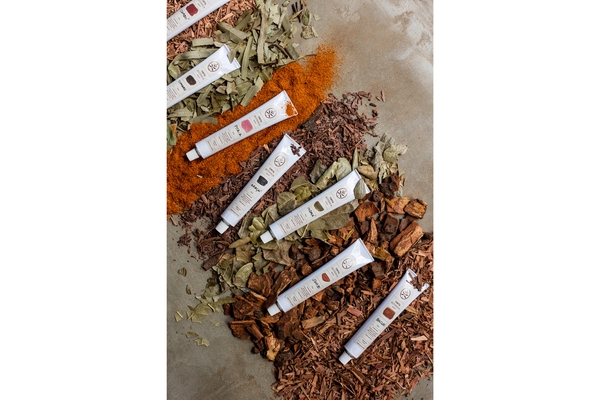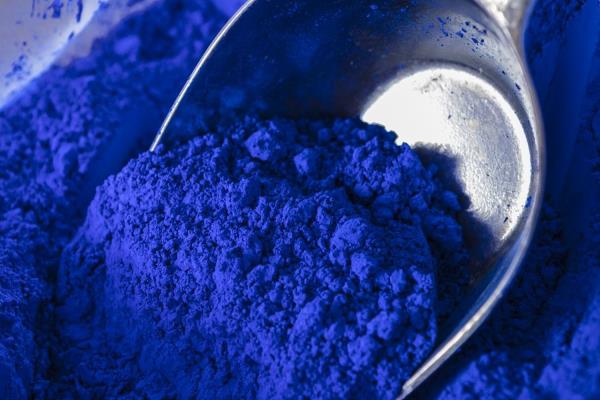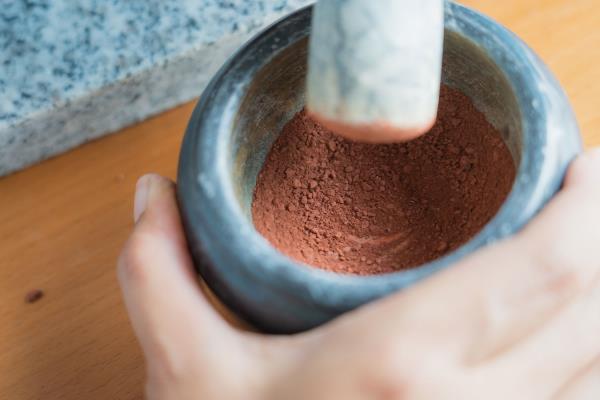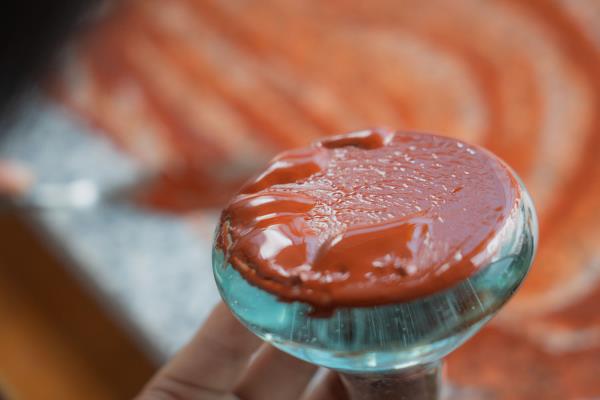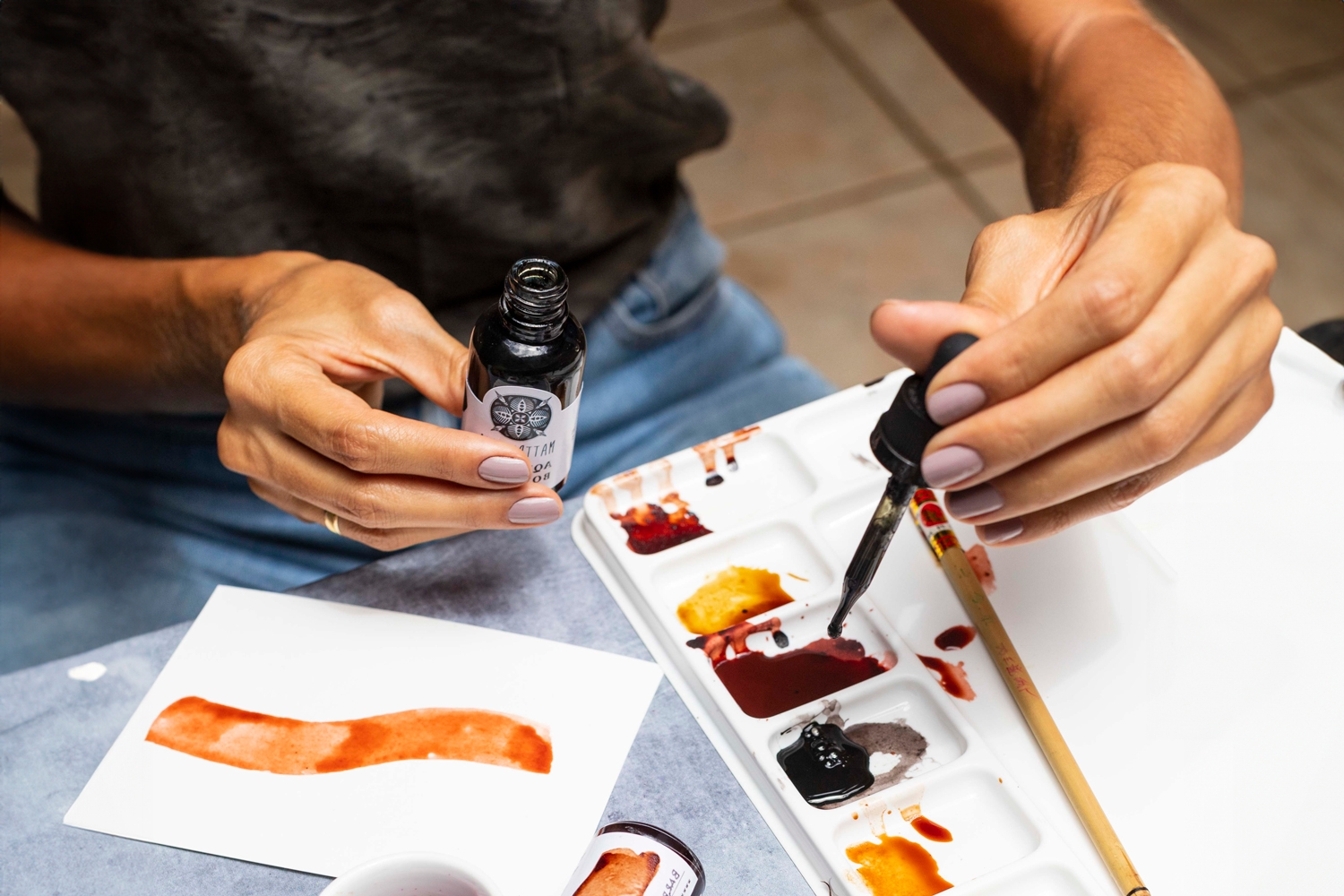
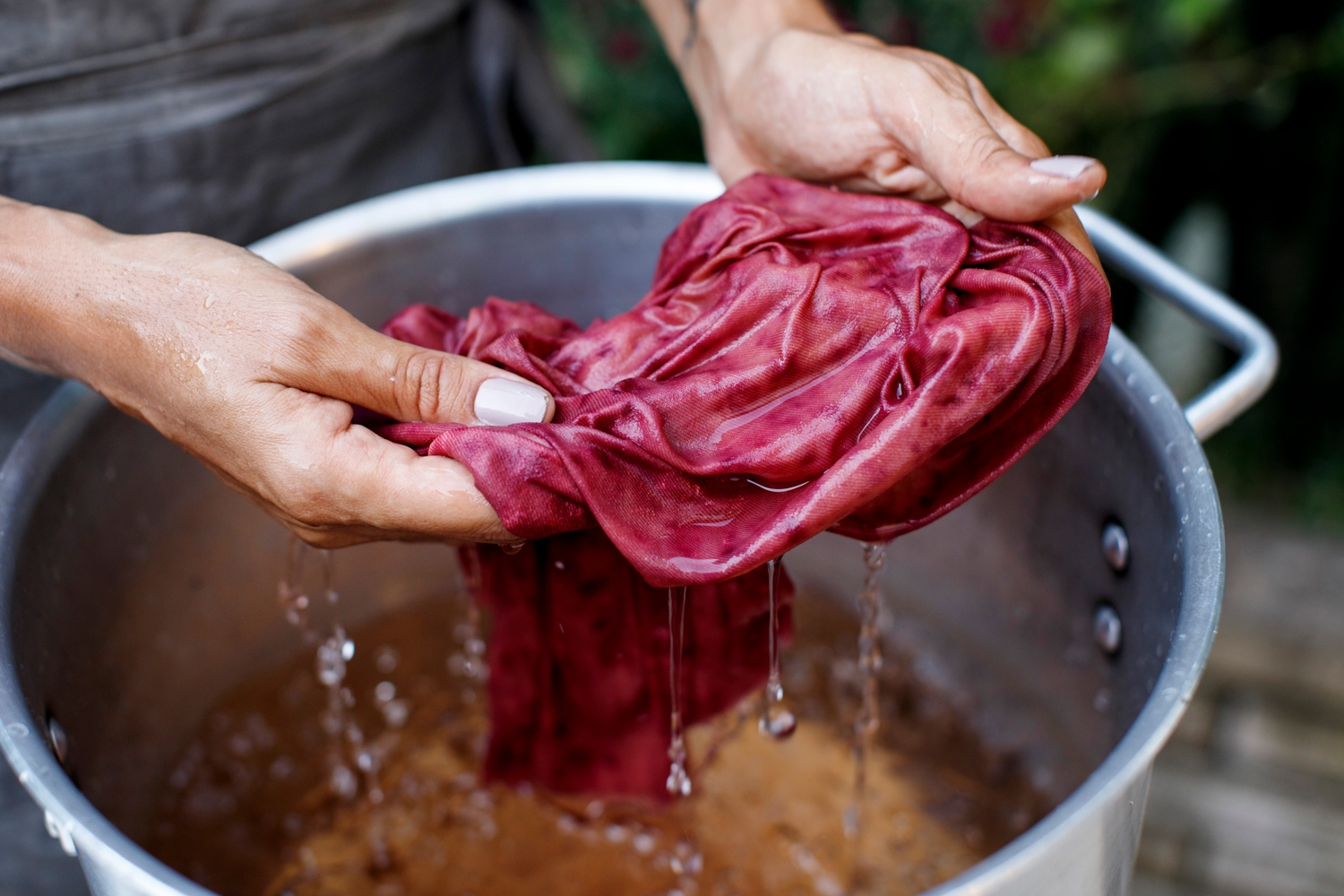
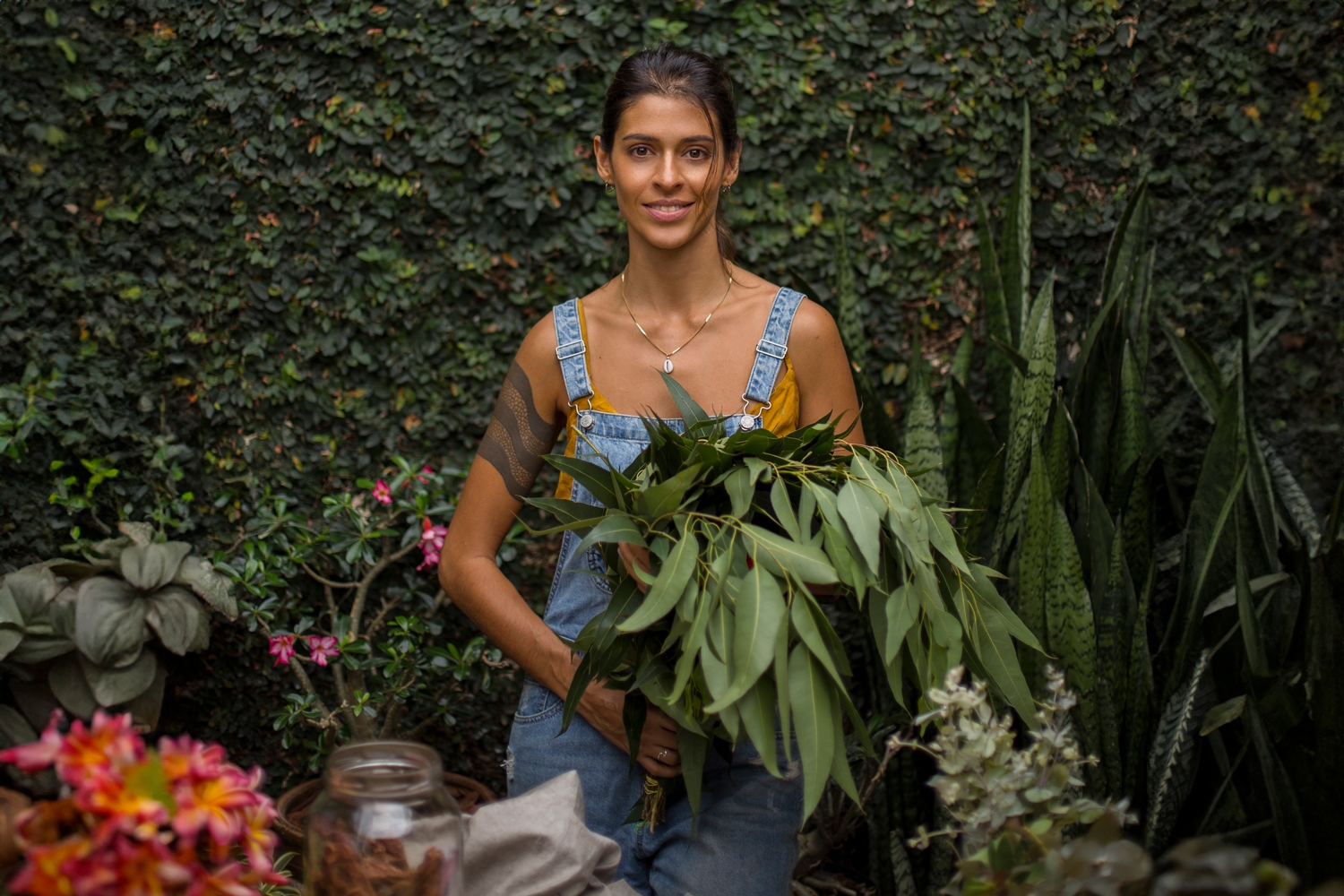
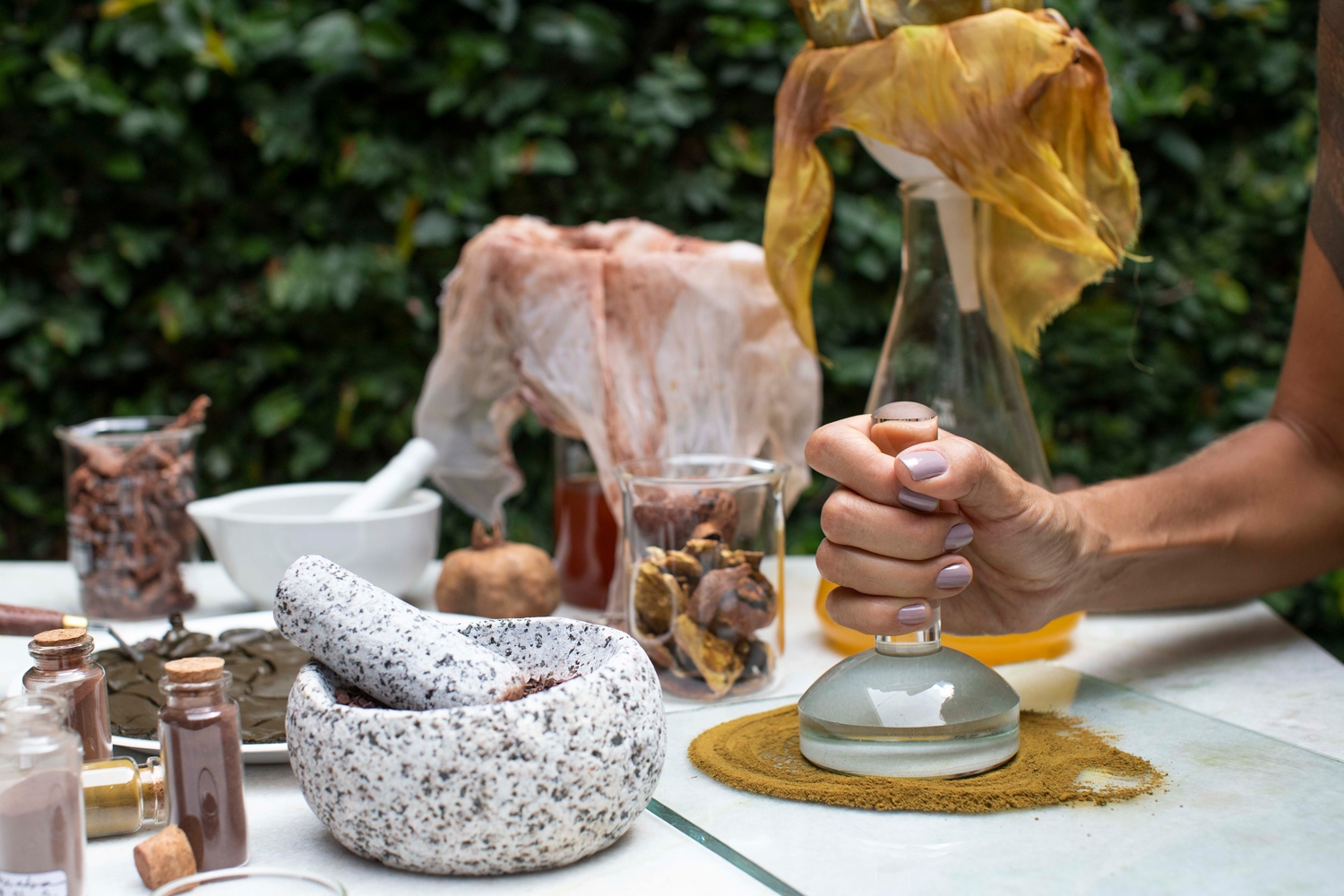
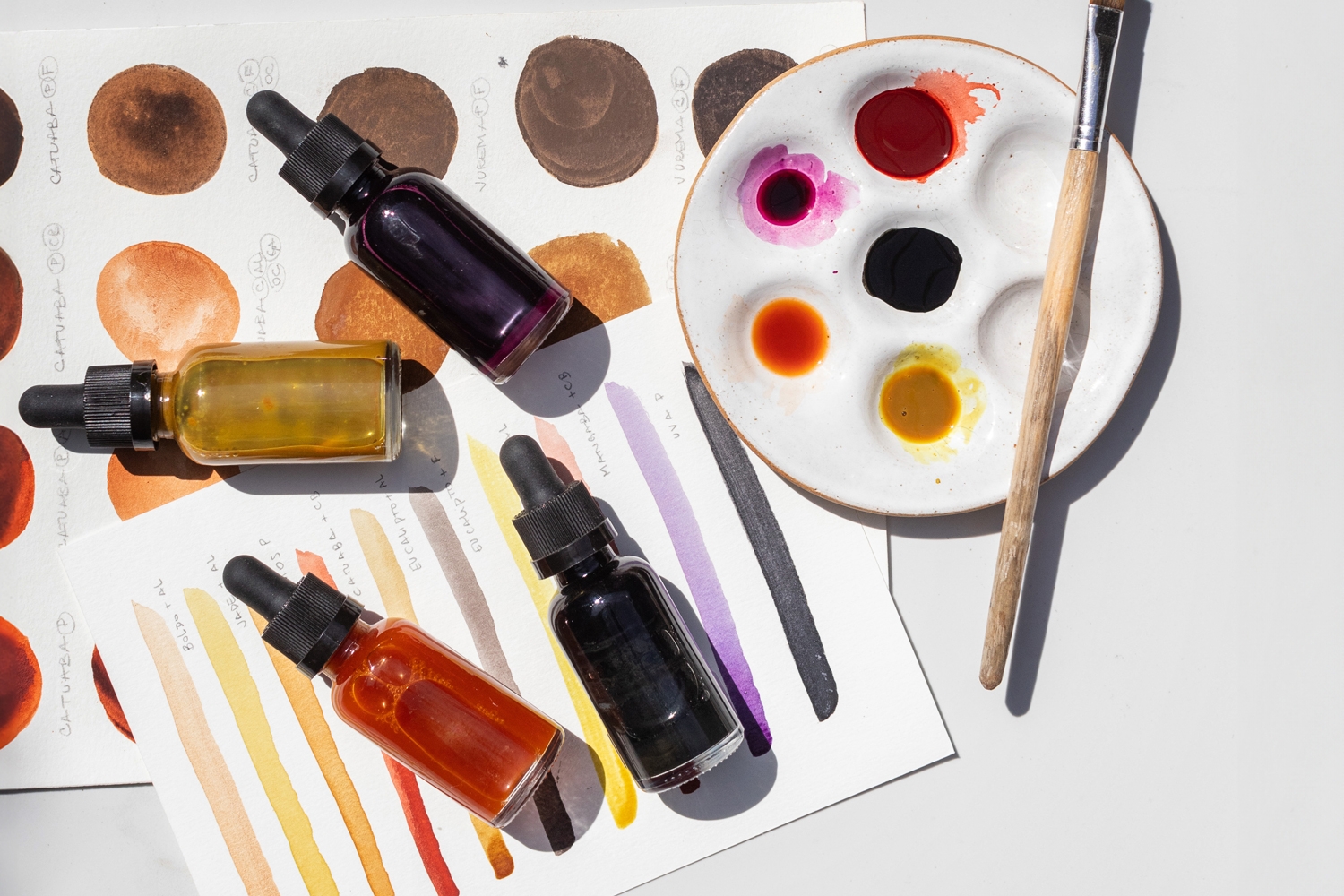





The colours of change and the potential of pigments
- Maibe uses natural ingredients from local Brazilian flora and minerals to make pigments
- Her work promotes organic ways of making colour while reconnecting people to nature
- She blends art and science to create dyes for eco-friendly textiles and other artistic applications
Maibe Maroccolo holds a master’s degree in Fashion and Sustainable Development from the University of London but her interest in natural dyes began earlier in her life. “My first masters were the skilled women in my family who cultivated a garden rich with medicinal herbs, spices and flowers,” she explains. Maibe deepened her understanding and technical skills with experts in London before returning home to explore her country’s rich biodiversity for natural dyeing resources. “My work involves researching, preserving, and innovating to create beautiful eco-friendly dyes for textiles and artistic use.” Maibe organises workshops and educational programmes with designers, artists and enthusiasts to help the new generation of creatives reconnect with nature and use healthier natural dyeing traditions in their work.
Interview
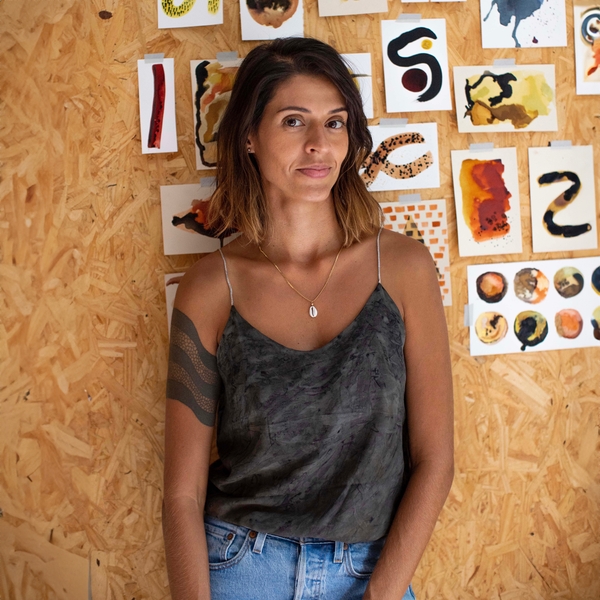
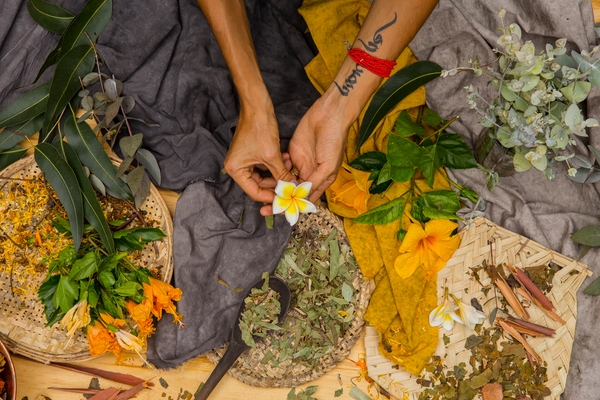
- Could you share more about your natural dyeing process?
- I focus on the identification and extraction of pigments from local Brazilian flora which includes mastering various methods of dye extraction, mordanting and dye application to textiles acquired through years of research and practice.
- What attracted you most to exploring natural dyeing techniques?
- What I love most is the opportunity it creates for me to work closely with nature and witness the magical transformation of plants into vibrant dyes. The process is both meditative and exhilarating, offering endless possibilities for creativity.
- Could you share a surprising aspect of natural dyes that people might not realise?
- Many people are surprised to learn that some of the most beautiful dyes come from common kitchen scraps and garden plants. Onion skins, avocado pits and leaves can produce stunning, lasting colours. Knowing this can change how people view their environment and waste.
- Is there a risk that traditions of natural dyeing disappear?
- There is a resurgence of interest in natural dyeing, but it is at risk due to the dominance of synthetic dyes and industrial processes. Preserving this knowledge requires ongoing education and practice. By sharing my skills I hope to help perpetuate these traditions.
Maibe Maroccolo is a master artisan: she began her career in 2012 and she started teaching in 2013
Works
Where
Maibe Maroccolo
